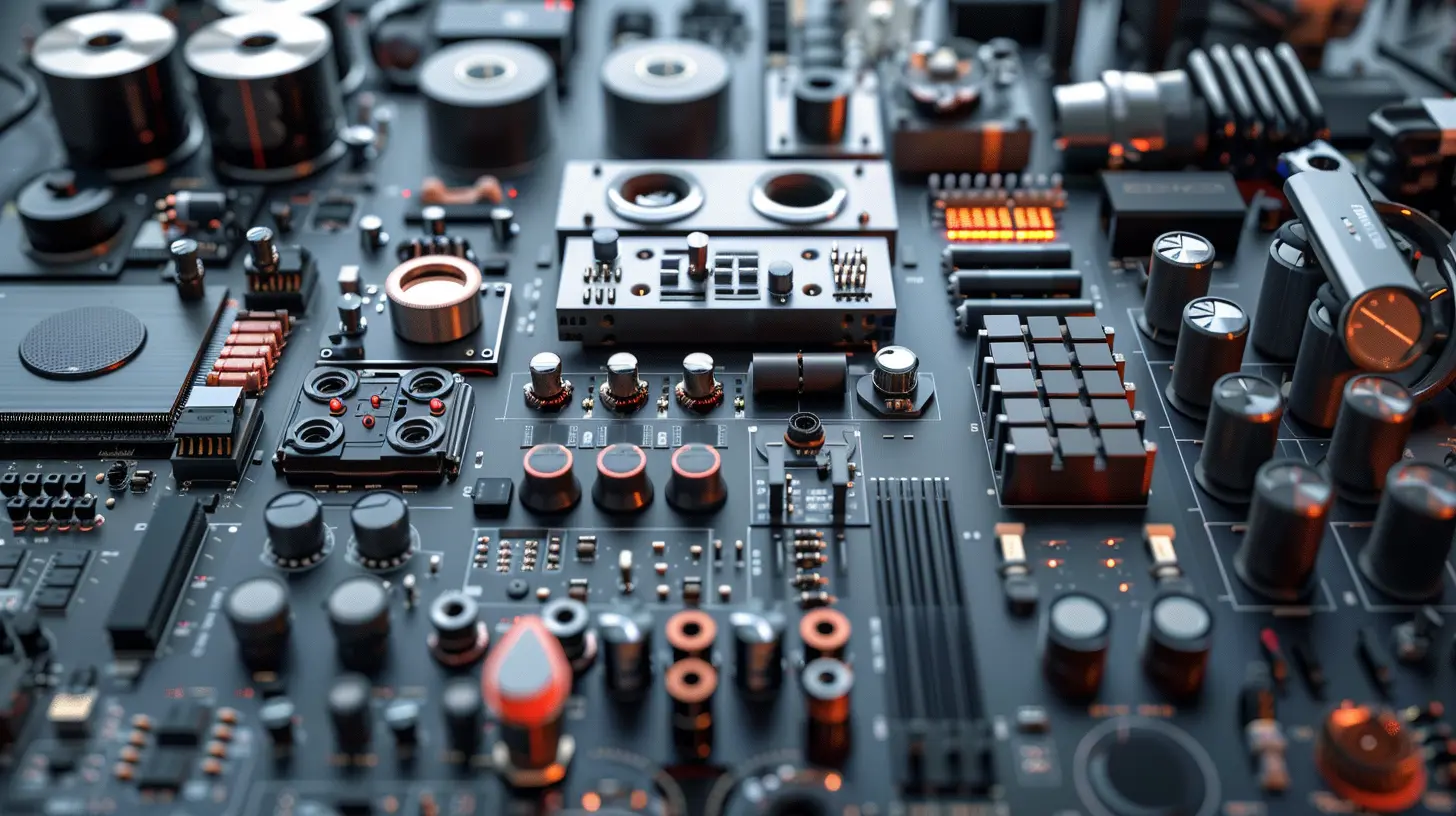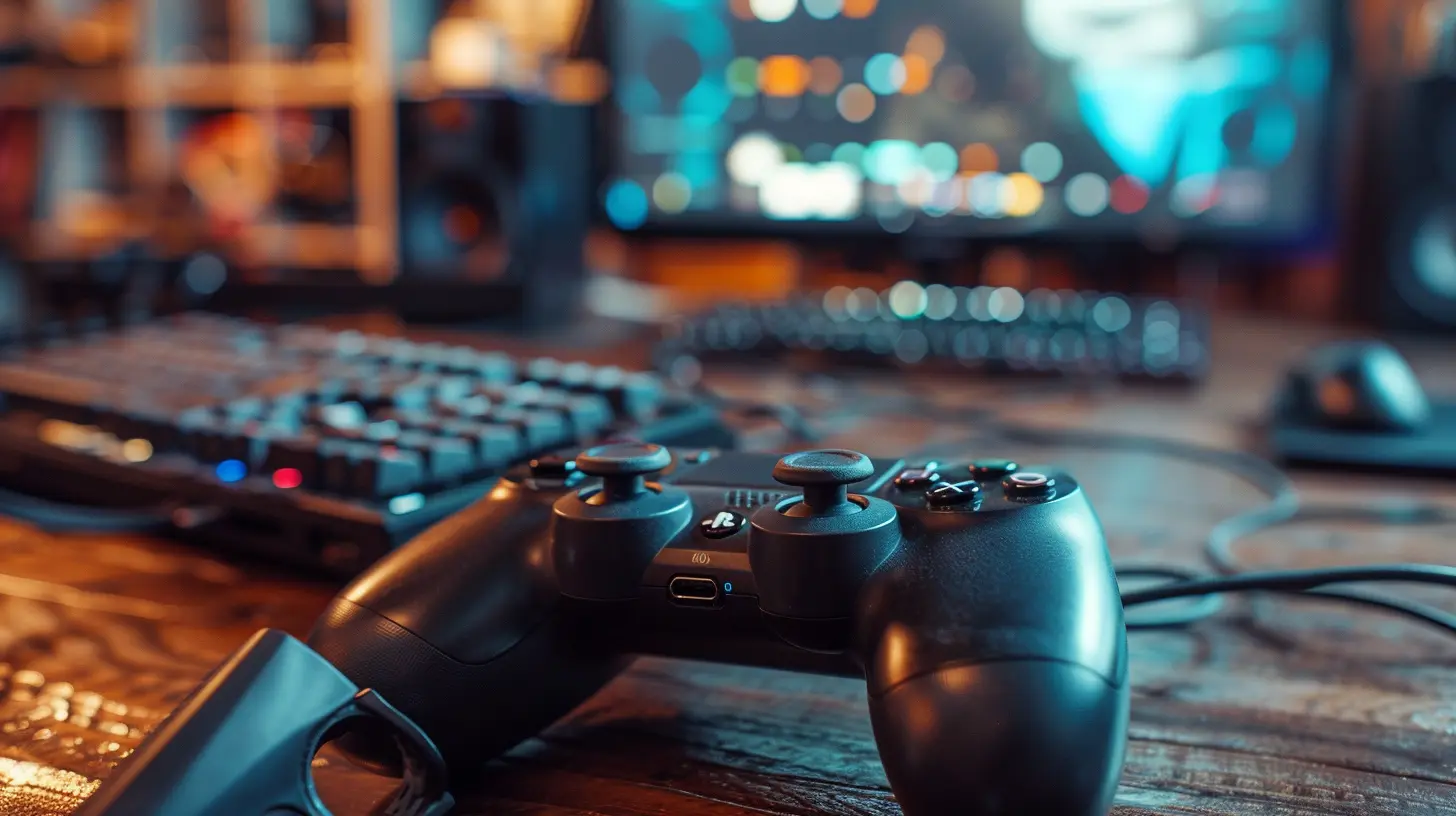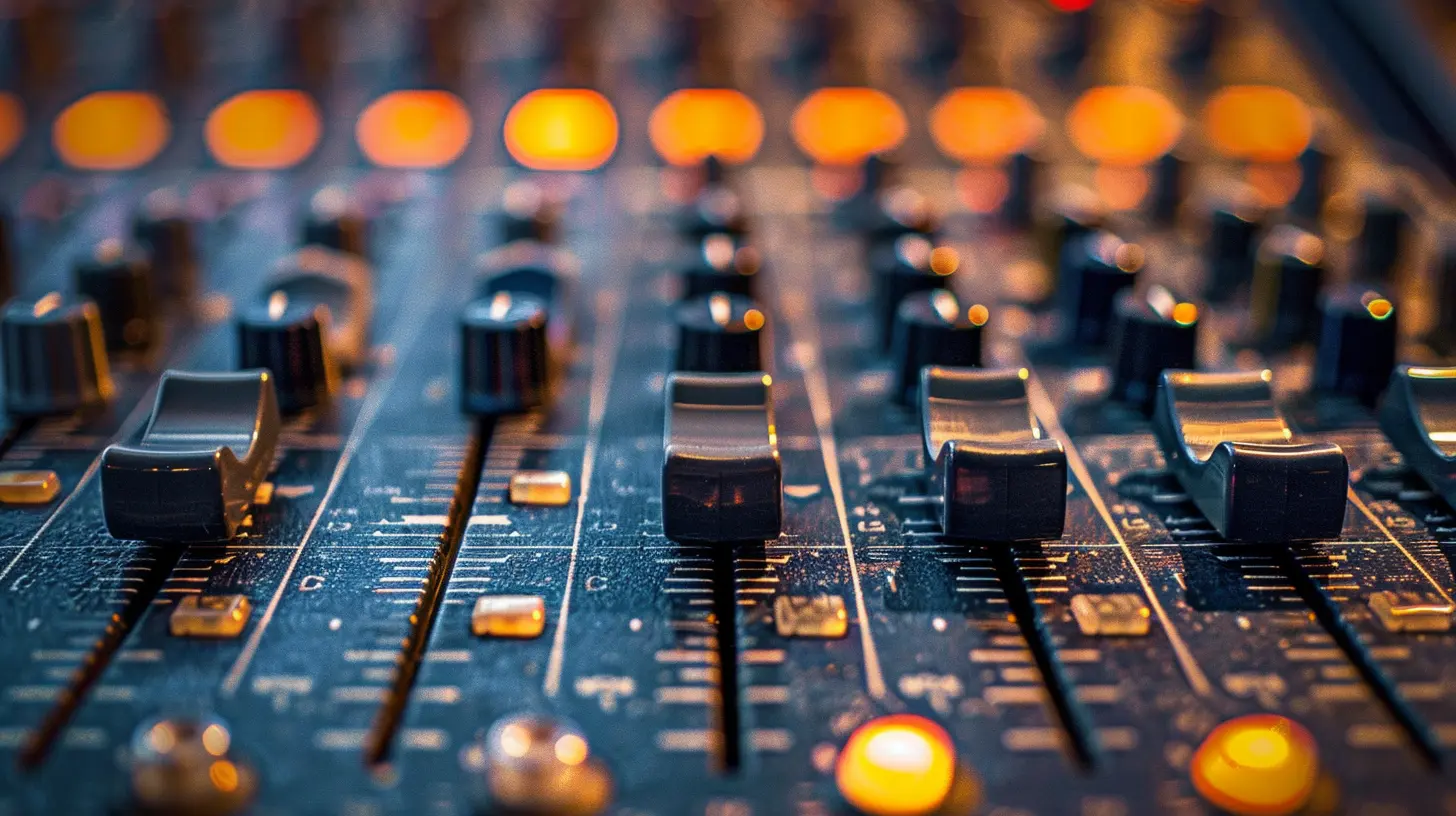Is Your Audio Setup Meeting Game System Requirements?
23 May 2025
When it comes to gaming, most players obsess over visuals – the resolution, the frame rate, or how good the lighting looks on a character’s armor. But let’s be real for a second: audio plays just as big a role in your gaming experience, if not more. Think about it – how immersive can a battlefield sound without explosions rattling your eardrums? Or what’s the point of sneaking in a survival horror game if you can’t hear the faintest whisper behind you? So, let’s cut to the chase: is your audio setup holding you back? Let’s dig into the nitty-gritty and see if your ears are getting the premium treatment they deserve.
Why Your Audio Setup Matters in Gaming
Let me ask you this: would you watch a blockbuster movie on mute? Probably not. Gaming is no different. A proper audio setup doesn’t just bring the action to life – it gives you a competitive edge. Imagine missing the sound of enemy footsteps creeping up behind you in a shooter or completely glossing over NPC dialogue because your setup sounds like a tin can concert. Frustrating, right?Good audio is about more than just volume; it’s about clarity, depth, and accuracy. It’s what turns your living room into a roaring stadium or the depths of an alien jungle. And let’s not forget: some game mechanics are tied directly to sound cues. Miss those, and you're missing half the experience.
Understanding Game System Audio Requirements
What Do Game System Requirements Actually Mean?
When developers list system requirements for a game, the focus is usually on processor speed, GPU power, RAM, and storage space. Audio requirements? They tend to get lumped in the background. But don’t let that fool you into thinking they’re not important.Most modern games demand at least stereo sound as the bare minimum. But here’s the kicker – many titles are optimized for surround sound (5.1 or 7.1), positional audio (hello, 3D audio tech like Dolby Atmos), and other advanced features. If your setup can’t keep up, you’re leaving a lot of detail on the table.
The Rise of 3D Audio Technology
Have you heard of 3D audio? It’s not just marketing buzz – it’s the future. With hardware like Sony’s Tempest 3D AudioTech or Dolby Atmos, games now create an insanely immersive soundstage. You don’t just hear where that dragon roar came from – you feel it pass overhead and fade into the distance. If your setup isn’t supporting it, you’re essentially watching a 4K movie on a 20-year-old CRT TV. Yikes.
Signs Your Audio Setup Isn’t Cutting It
1. You Rely on PC or TV Speakers
Sure, built-in speakers work in a pinch, but let’s be honest – they sound like a couple of soda cans tied together. They lack bass, clarity, and spatial dimensionality. If your “surround sound” feels more like surround mono, it’s time to upgrade.2. You Struggle to Identify Sound Cues
In competitive games, sound cues like footsteps, reload clicks, or distant explosions are as crucial as aiming. If your current setup can’t differentiate between left and right channels or makes everything sound muddy, you’re at a serious disadvantage.3. You’re Missing Out on Bass and Treble
Gaming audio isn’t all about explosions – it’s also about subtlety. Think of the soft rustle of leaves, the chirping of crickets, or the tension of a soundtrack building up before a boss fight. If your setup lacks the dynamic range to handle both delicate highs and booming lows, it’s time for a change.
Components of a Killer Audio Setup
1. Headphones vs. Surround Sound Systems
For most gamers, it’s usually the battle between a good pair of headphones or a surround sound system. Let’s break it down:- Headphones (Wired/ Wireless): A solid pair of gaming headphones can be a game-changer, especially those with 7.1 surround sound or virtual 3D audio. Popular models like the HyperX Cloud II or SteelSeries Arctis Pro deliver incredible sound without draining your wallet.
- Surround Sound Systems: If you’re gaming in a dedicated space, a surround sound system can elevate your experience to cinema-level glory. Brands like Logitech and Sonos have some fantastic options.
2. Sound Cards and DACs
Ever wondered why some audio setups sound richer and fuller than others? The secret might just be a good sound card or DAC (Digital-to-Analog Converter). While most motherboards have onboard audio, they often pale in comparison to what an external DAC or dedicated sound card can offer.3. Microphones for Multiplayer Games
Don’t forget your mic setup if you play a lot of multiplayer games. Nobody wants to hear you echoing like you’re stuck in a cave. Options like standalone USB mics or headsets with built-in noise-canceling mics will save you and your teammates some grief.Optimizing Your Current Setup
Go Beyond Default Audio Settings
Game settings often have detailed audio options that many gamers overlook. Take the time to tweak them. Select the right output type (headphones vs. speakers), adjust the mix, and enable surround sound or 3D audio if your system supports it.Soundproofing Your Gaming Area
Your fancy speakers or headphones won’t matter if your gaming room echoes like a concert hall. Invest in soundproofing foam or curtains to minimize distractions and maximize immersion.Update Drivers and Firmware
Let’s not forget about software. Outdated audio drivers can cause lag, distortion, or reduced quality. Keep everything updated to unlock your system’s true potential.The Cost of an Audio Upgrade – Is It Worth It?
Here’s the golden question: is upgrading your audio setup worth the cost? Short answer: absolutely. You don’t have to break the bank – even budget headphones or entry-level surround systems can drastically improve your experience. Think of it as investing in your immersion. After all, what’s the point of spending hundreds of hours in a game world if you can’t hear it in all its glory?Final Thoughts: Audio Is Half the Battle
Your gaming experience isn’t just about your graphics card or processor – it’s about how all the little details come together to create something magical. Don’t let a sub-par audio setup hold you back. Whether you’re a hardcore competitive gamer chasing that perfect sound cue or a casual player immersing yourself in beautifully crafted worlds, upgrading your audio is one of the easiest ways to level up.So, is your audio setup meeting game system requirements? If you’re nodding along (or cringing at your tinny TV speakers), it’s time to make some changes. Your ears – and your games – will thank you.
all images in this post were generated using AI tools
Category:
System RequirementsAuthor:

Brianna Reyes
Discussion
rate this article
3 comments
Mandy Hines
Forget dragons and dungeons—make sure your audio setup isn’t living in the stone age! Quest for clarity!
May 31, 2025 at 2:45 AM

Brianna Reyes
Absolutely! A great audio setup enhances your gaming experience, so don't overlook it. Quest for clarity is key!
Jenna O'Brien
Don’t let your audio setup be the weak link in your gaming arsenal! 🎮✨ Just like a great soundtrack elevates a movie, a killer sound system can level up your gaming experience. Time to tune in and game on!
May 25, 2025 at 5:12 AM

Brianna Reyes
Absolutely! A high-quality audio setup is essential for an immersive gaming experience. Don’t underestimate the power of sound! 🎧🎮
Paula McGee
Great insights! Ensuring your audio setup meets system requirements is crucial for an immersive gaming experience. Keep up the informative content!
May 24, 2025 at 3:49 PM

Brianna Reyes
Thank you! I'm glad you found it helpful. Your audio setup really does play a vital role in enhancing the gaming experience!



